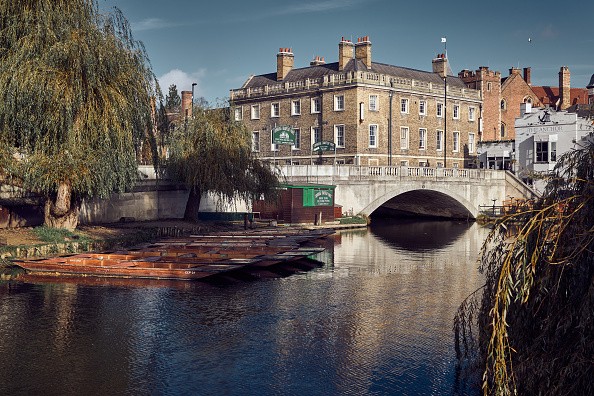Scientists and researchers at the University of Cambridge in the United Kingdom developed 'artificial leaves' that produce carbon-neutral syngas. Clean fuels will be produced through sunlight and water, as reported by SciTech Daily.

The ultra-thin and flexible design was inspired by photosynthesis and was intentionally light so that the device will float in water. As per the scientists, it will also work the same during cloudy and overcast weather.
Two Perovskite Light Absorbers
The device has two perovskite light absorbers which are combined with a molecular catalyst that was made from cobalt. The syngas mixture will be formed once the leaf is immersed in water as it produces oxygen using the catalyst, and at the same time, the other absorber undertakes the chemical reaction and will reduce CO2 and water into carbon monoxide and hydrogen.
In a report by NS Energy, OMV's Senior Advisor Michael-Dieter Ulbrich said that they have been supporting the Christian Doppler Laboratory, where the artificial leaves were carried, and described the device as 'ground-breaking'.
Liquid Fuel Alternative
This can be used as a sustainable liquid fuel alternative to gasoline as it harms our environment by taking up space on land, the Senior Author of Cambridge's Department of Chemistry Erwin Reisner said. "Being able to produce it sustainably would be a critical step in closing the global carbon cycle and establishing a sustainable chemical and fuel industry," he added.
Sunlight is convertible into fuels through the device based on the tests that have been made in River Cam, which is surrounded by Bridge of Sighs, the Wren Library, and King's College Chapel. The results from this test are reported in Nature.
Despite the price decrease and the improvement when it comes to availability of the wind and solar panels, 80% of global trade is still transported by fossil fuels, and decarbonization increases. This crisis was not given much attention amidst how it's affecting the climate.
Better than the Older Version
While the new and older version has the same function, the artificial leaves before have thick glass substrates and protection from moisture. The reasoning for it being heavier and fragile than the new ones. Because of this, the production at scale and the transport were not easy hence the improvement of the product through thinner materials.
Department of Chemistry's Dr. Virgil Andre said that they wanted to improve the device but maintain its performance. He stated that "If we can trim the materials down far enough that they're light enough to float, then it opens up whole new ways that these artificial leaves could be used."
Before releasing this in the market, the scientists will be adding more improvements that can make these artificial leaves more sustainable as the outdoor testing that they have made in River Cam opened new avenues in their work.
Related Article : UK Blackouts Expected To Happen This Winter; National Grid Suggests Continuous EU Energy Imports
This article is owned by TechTimes
Written by Inno Flores

![Apple Watch Series 10 [GPS 42mm]](https://d.techtimes.com/en/full/453899/apple-watch-series-10-gps-42mm.jpg?w=184&h=103&f=9fb3c2ea2db928c663d1d2eadbcb3e52)


